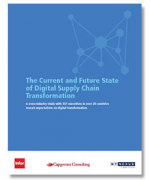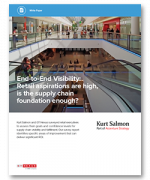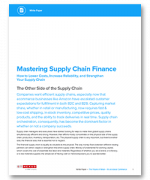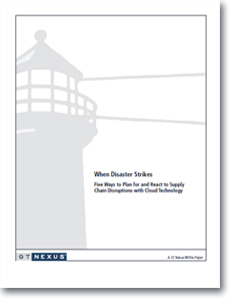When Disaster Strikes
Five Ways to Plan for and React to Supply Chain Disruptions with Cloud Technology.
Navigating an Unpredictable World
In 2008, some risky betting on high-risk mortgage securities upended the financial industry and changed the business landscape forever.
A laundry list of safely-rated companies went bankrupt overnight. Markets entered a downward spiral and major economies across the globe went into crisis mode.
The damage from the global financial crisis was pervasive, completely wiping out some companies and causing others to cut back drastically on costs and salaries. It hit the supply chain with force.
Buyers found their suppliers could no longer produce. The credit market shriveled up, leaving all but cash-heavy companies unable to make payments and fund inventory.
Consumer demand for many products dropped off. Ocean container rates plummeted, leaving many shippers with too much capacity and not enough revenue. And as major buyers in the west struggled and went bankrupt, suppliers grew concerned about their customers’ ability to pay.
Some of the companies that survived the crisis are more prepared for disaster today — some, however, still lack the technology to guard themselves against another major setback.
Recently, the World Economic Forum (WEF) released a two-phase project on supply chains. The first report, New Models for Addressing Supply Chain and Transport Risk, gives several recommendations on how to effectively manage the supply chain through multistakeholder action and collaboration.
The second, called Building Resilience in Supply Chains, provides further insights into managing risk. It provides a look at various threats to the supply chain and how companies can prepare for them through the use of agile and adaptable strategies, better data sharing platforms, and partnerships.
This paper will tie the WEF findings to specific steps and technologies essential to preparing and handling disasters in the supply chain, while preserving order fulfillment and customer service and keeping costs under control.
What’s Related




Favorites





